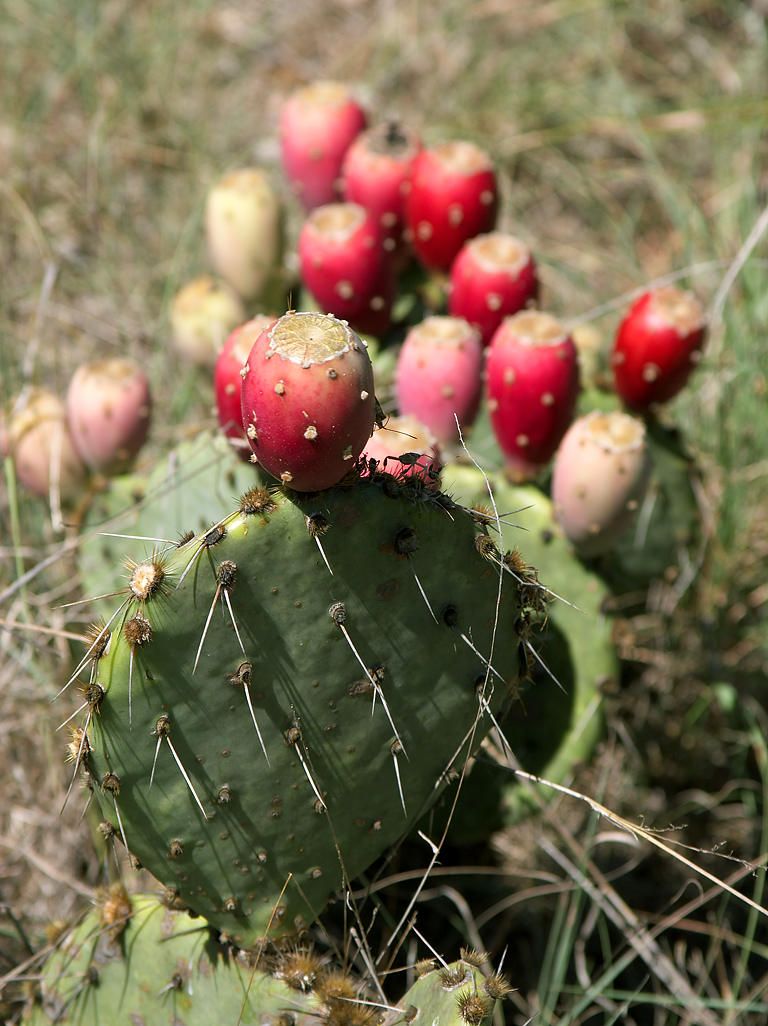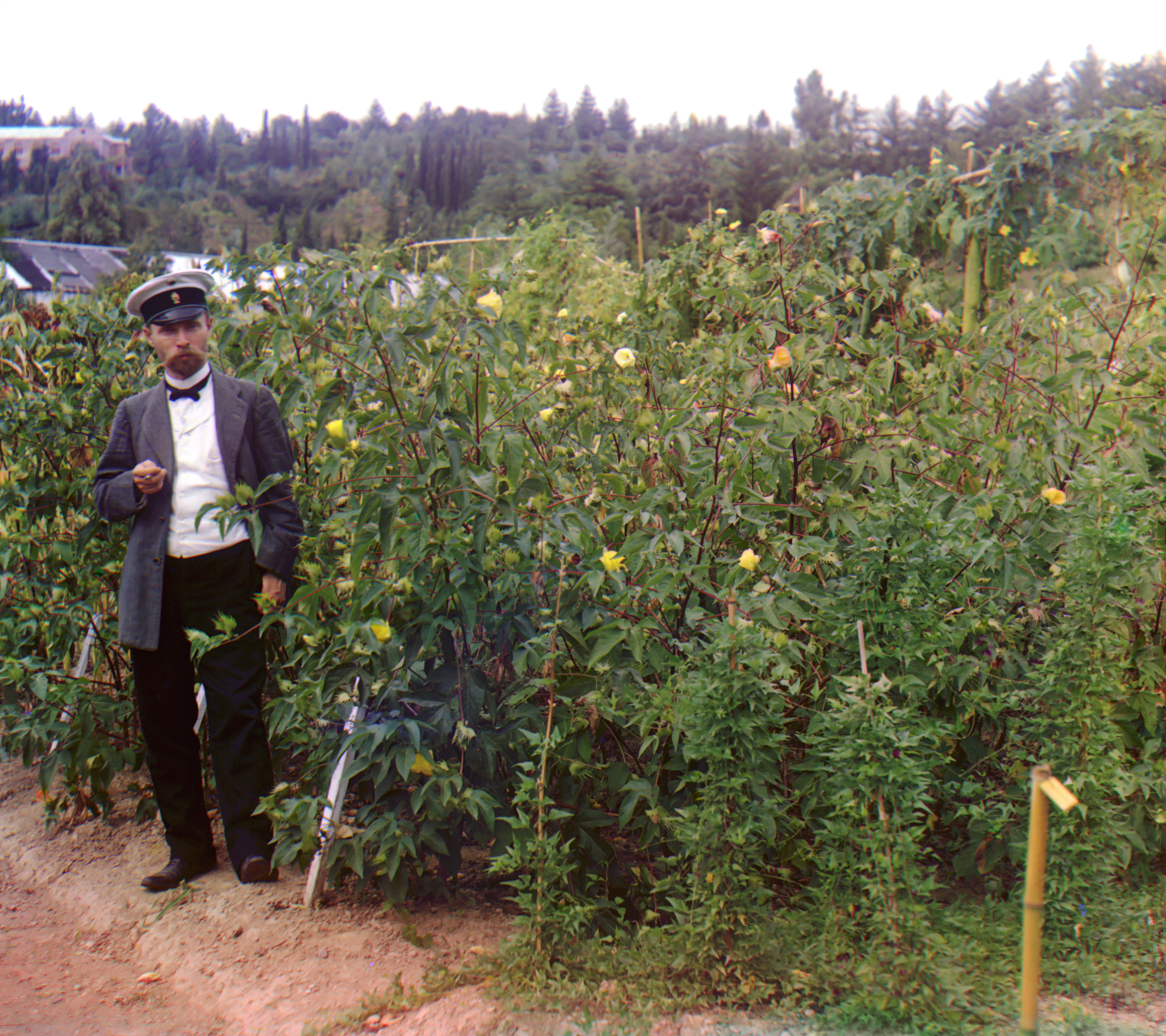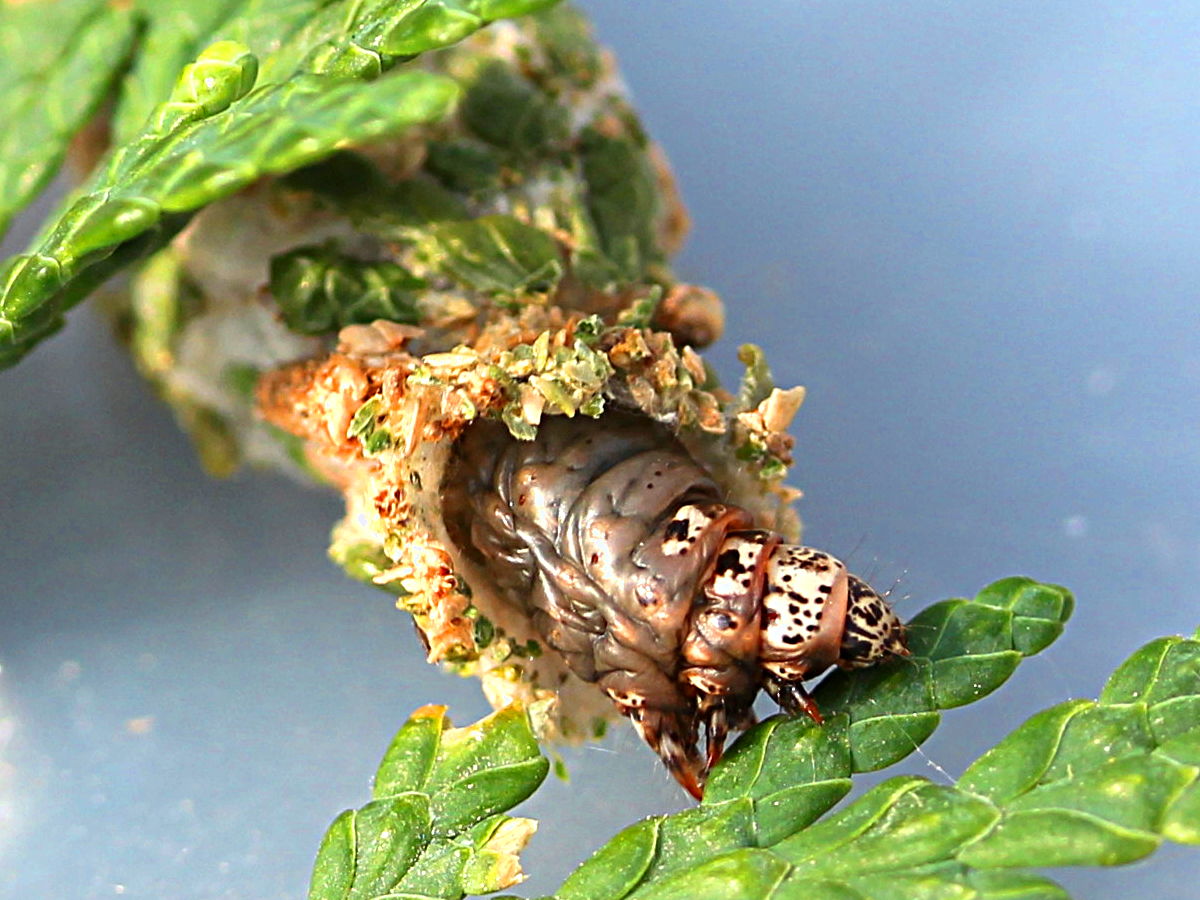|
Dicymolomia Julianalis
''Dicymolomia julianalis'', or Julia's dicymolomia moth, is a moth of the family Crambidae. It is found in most of eastern North America and on Cuba. Diet The larvae have a diverse diet and have been recorded feeding on '' Astragalus canadensis'' and ''Cirsium lecontei''. They have also been recorded as internal feeders in cattails (''Typha'' species) and cactus stems (''Opuntia ''Opuntia'', commonly called prickly pear or pear cactus, is a genus of flowering plants in the cactus family Cactaceae. Prickly pears are also known as ''tuna'' (fruit), ''sabra'', ''nopal'' (paddle, plural ''nopales'') from the Nahuatl word f ...'' species). Furthermore, they feed on senescent cotton bolls ('' Gossypium'' species) and are also known as predators on the eggs and larvae of '' Thyridopteryx ephemeraeformis''. References Moths described in 1859 Glaphyriinae {{Glaphyriinae-stub ... [...More Info...] [...Related Items...] OR: [Wikipedia] [Google] [Baidu] |
Francis Walker (entomologist)
Francis Walker (31 July 1809 – 5 October 1874) was an English entomologist. He was born in Southgate, London, on 31 July 1809 and died at Wanstead, England on 5 October 1874. He was one of the most prolific authors in entomology, and stirred controversy during his later life as his publications resulted in a huge number of junior synonyms. However, his assiduous work on the collections of the British Museum had great significance. Between June 1848 and late 1873 Walker was contracted by John Edward Gray Director of the British Museum to catalogue their insects (except Coleoptera) that is Orthoptera, Neuroptera, Hemiptera, Diptera, Lepidoptera and Hymenoptera. Walker largely accomplished this and (Edwards, 1870) wrote of the plan and by implication those who implemented it “It is to him raythat the Public owe the admirable helps to the study of natural history which have been afforded by the series of inventories, guides, and nomenclatures, the publication of which ... [...More Info...] [...Related Items...] OR: [Wikipedia] [Google] [Baidu] |
Moth
Moths are a paraphyletic group of insects that includes all members of the order Lepidoptera that are not butterflies, with moths making up the vast majority of the order. There are thought to be approximately 160,000 species of moth, many of which have yet to be described. Most species of moth are nocturnal, but there are also crepuscular and diurnal species. Differences between butterflies and moths While the butterflies form a monophyletic group, the moths, comprising the rest of the Lepidoptera, do not. Many attempts have been made to group the superfamilies of the Lepidoptera into natural groups, most of which fail because one of the two groups is not monophyletic: Microlepidoptera and Macrolepidoptera, Heterocera and Rhopalocera, Jugatae and Frenatae, Monotrysia and Ditrysia.Scoble, MJ 1995. The Lepidoptera: Form, function and diversity. Oxford, UK: Oxford University Press; 404 p. Although the rules for distinguishing moths from butterflies are not well est ... [...More Info...] [...Related Items...] OR: [Wikipedia] [Google] [Baidu] |
Crambidae
The Crambidae are the grass moth family of lepidopterans. They are variable in appearance, the nominal subfamily Crambinae (grass moths) taking up closely folded postures on grass stems where they are inconspicuous, while other subfamilies include brightly coloured and patterned insects which rest in wing-spread attitudes. In many classifications, the Crambidae have been treated as a subfamily of the Pyralidae or snout-moths. The principal difference is a structure in the tympanal organs called the praecinctorium, which joins two tympanic membranes in the Crambidae, and is absent from the Pyralidae. The latest review by Munroe and Solis, in Kristensen (1999), retains the Crambidae as a full family. The family currently comprises 15 subfamilies with altogether 10,347 species in over 1,000 genera. Systematics *subfamilia incertae sedis **''Conotalis'' Hampson, 1919 **''Exsilirarcha'' Salmon & Bradley, 1956 *Subfamily Acentropinae Stephens, 1836 *Subfamily Crambinae Latreill ... [...More Info...] [...Related Items...] OR: [Wikipedia] [Google] [Baidu] |
Cuba
Cuba ( , ), officially the Republic of Cuba ( es, República de Cuba, links=no ), is an island country comprising the island of Cuba, as well as Isla de la Juventud and several minor archipelagos. Cuba is located where the northern Caribbean Sea, Gulf of Mexico, and Atlantic Ocean meet. Cuba is located east of the Yucatán Peninsula (Mexico), south of both the American state of Florida and the Bahamas, west of Hispaniola (Haiti/Dominican Republic), and north of both Jamaica and the Cayman Islands. Havana is the largest city and capital; other major cities include Santiago de Cuba and Camagüey. The official area of the Republic of Cuba is (without the territorial waters) but a total of 350,730 km² (135,418 sq mi) including the exclusive economic zone. Cuba is the second-most populous country in the Caribbean after Haiti, with over 11 million inhabitants. The territory that is now Cuba was inhabited by the Ciboney people from the 4th millennium BC with the Gua ... [...More Info...] [...Related Items...] OR: [Wikipedia] [Google] [Baidu] |
Astragalus Canadensis
''Astragalus canadensis'' is a common and widespread member of the milkvetch genus in the legume family, known commonly as Canadian milkvetch. The plant is found throughout Canada and the United States in many habitats including wetlands, woodlands, and prairies. It sends out several thin, erect, green stems, bearing leaves that are actually made up of pairs of leaflets, each leaflet up to 3 centimeters in length. It has inflorescences of tubular, greenish-white flowers which yield beanlike fruits within pods that rattle when dry. Like other ''Astragalus'' species, ''A. canadensis'' is somewhat toxic, but it has been used medicinally by Native American groups such as the Blackfoot The Blackfoot Confederacy, ''Niitsitapi'' or ''Siksikaitsitapi'' (ᖹᐟᒧᐧᒣᑯ, meaning "the people" or " Blackfoot-speaking real people"), is a historic collective name for linguistically related groups that make up the Blackfoot or Bla ... and Lakota people, particularly the roots. Gall ... [...More Info...] [...Related Items...] OR: [Wikipedia] [Google] [Baidu] |
Cirsium Lecontei
''Cirsium lecontei'', often called the Le Conte's thistle, is a North American plant species native to the southeastern United States. It is a perennial, or sometimes biennial, species of the tribe Cardueae within the family Asteraceae. It grows along the coastal plain from Louisiana to North Carolina. The flowering season is mainly spring to summer. (2006): 24. ''Cirsium lecontei. In: Flora of North America North of Mexico'' Vol. 19 (Magnoliophyta: Asteridae, part 6: Asteraceae, part 1). Oxford University Press.HTML fulltext/ref> Description ''Cirsium lecontei'' grows to about 35–110 cm and has a taproot, sometimes with root sprouts. The plant is spiny and should be handled with care. The flowers are usually pink. The plant requires full sun. Le Conte's Thistle has a Wetland Indicator Status of FACW (facultative wetland, meaning that it usually occurs in wetlands but not always). The stems are loosely arachnoid and stiffly ascending. Leaves have blades that are linear ... [...More Info...] [...Related Items...] OR: [Wikipedia] [Google] [Baidu] |
Typha
''Typha'' is a genus of about 30 species of monocotyledonous flowering plants in the family Typhaceae. These plants have a variety of common names, in British English British English (BrE, en-GB, or BE) is, according to Lexico, Oxford Dictionaries, "English language, English as used in Great Britain, as distinct from that used elsewhere". More narrowly, it can refer specifically to the English language in ... as bulrush or reedmace, in American English as reed, cattail, or punks, in Australia as cumbungi or bulrush, in Canada as bulrush or cattail, and in New Zealand as raupo. Other taxa of plants may be known as bulrush, including some Cyperaceae, sedges in ''Scirpus'' and related genera. The genus is largely distributed in the Northern Hemisphere, where it is found in a variety of wetland habitats. The rhizomes are edible. Evidence of preserved starch grains on grinding stones suggests they were already eaten in Europe 30,000 years ago. Description ''Typha'' are a ... [...More Info...] [...Related Items...] OR: [Wikipedia] [Google] [Baidu] |
Opuntia
''Opuntia'', commonly called prickly pear or pear cactus, is a genus of flowering plants in the cactus family Cactaceae. Prickly pears are also known as ''tuna'' (fruit), ''sabra'', '' nopal'' (paddle, plural ''nopales'') from the Nahuatl word for the pads, or nostle, from the Nahuatl word for the fruit; or paddle cactus. The genus is named for the Ancient Greek city of Opus, where, according to Theophrastus, an edible plant grew and could be propagated by rooting its leaves. The most common culinary species is the Indian fig opuntia (''O. ficus-indica''). Description ''O. ficus-indica'' is a large, trunk-forming, segmented cactus that may grow to with a crown of over in diameter and a trunk diameter of . Cladodes (large pads) are green to blue-green, bearing few spines up to or may be spineless. Prickly pears typically grow with flat, rounded cladodes (also called platyclades) containing large, smooth, fixed spines and small, hairlike prickles called glochid ... [...More Info...] [...Related Items...] OR: [Wikipedia] [Google] [Baidu] |
Gossypium
''Gossypium'' () is a genus of flowering plants in the tribe Gossypieae of the mallow family, Malvaceae, from which cotton is harvested. It is native to tropical and subtropical regions of the Old and New Worlds. There are about 50 ''Gossypium'' species, making it the largest genus in the tribe Gossypieae, and new species continue to be discovered. The name of the genus is derived from the Arabic word ''goz'', which refers to a soft substance. Cotton is the primary natural fibre used by humans today, amounting to about 80% of world natural fibre production. Where cotton is cultivated, it is a major oilseed crop and a main protein source for animal feed. Cotton is thus of great importance for agriculture, industry and trade, especially for tropical and subtropical countries in Africa, South America and Asia. Consequently, the genus ''Gossypium'' has long attracted the attention of scientists. The origin of the genus ''Gossypium'' is dated to around 5–10 million years ... [...More Info...] [...Related Items...] OR: [Wikipedia] [Google] [Baidu] |
Thyridopteryx Ephemeraeformis
The evergreen bagworm (''Thyridopteryx ephemeraeformis''), commonly known as bagworm, eastern bagworm, common bagworm, common basket worm, or North American bagworm, is a moth that spins its cocoon in its larval life, decorating it with bits of plant material from the trees on which it feeds. The evergreen bagworm's case grows to a length of over 6 cm, tapered and open on both ends. Newborn larvae are blackish and turn brown to tan as they grow, mottled with black. The heads and thorax develop a yellow tint as they grow to a full length of 24 to 32 mm. Adult males resemble bees, having a 25 mm wingspan with transparent wings (''thuris'' window + ''pterux'' wing) and black furry bodies. Adult females are maggot-like with yellowish-white soft bodies 19 to 23 mm long and small tufts of hair near the end of the abdomen. The cream-colored eggs are 0.75 mm in diameter. The evergreen bagworm thrives in the eastern United States as far west as Nebraska, ... [...More Info...] [...Related Items...] OR: [Wikipedia] [Google] [Baidu] |
Moths Described In 1859
Moths are a paraphyletic group of insects that includes all members of the order Lepidoptera that are not butterflies, with moths making up the vast majority of the order. There are thought to be approximately 160,000 species of moth, many of which have yet to be described. Most species of moth are nocturnal, but there are also crepuscular and diurnal species. Differences between butterflies and moths While the butterflies form a monophyletic group, the moths, comprising the rest of the Lepidoptera, do not. Many attempts have been made to group the superfamilies of the Lepidoptera into natural groups, most of which fail because one of the two groups is not monophyletic: Microlepidoptera and Macrolepidoptera, Heterocera and Rhopalocera, Jugatae and Frenatae, Monotrysia and Ditrysia.Scoble, MJ 1995. The Lepidoptera: Form, function and diversity. Oxford, UK: Oxford University Press; 404 p. Although the rules for distinguishing moths from butterflies are not well esta ... [...More Info...] [...Related Items...] OR: [Wikipedia] [Google] [Baidu] |






